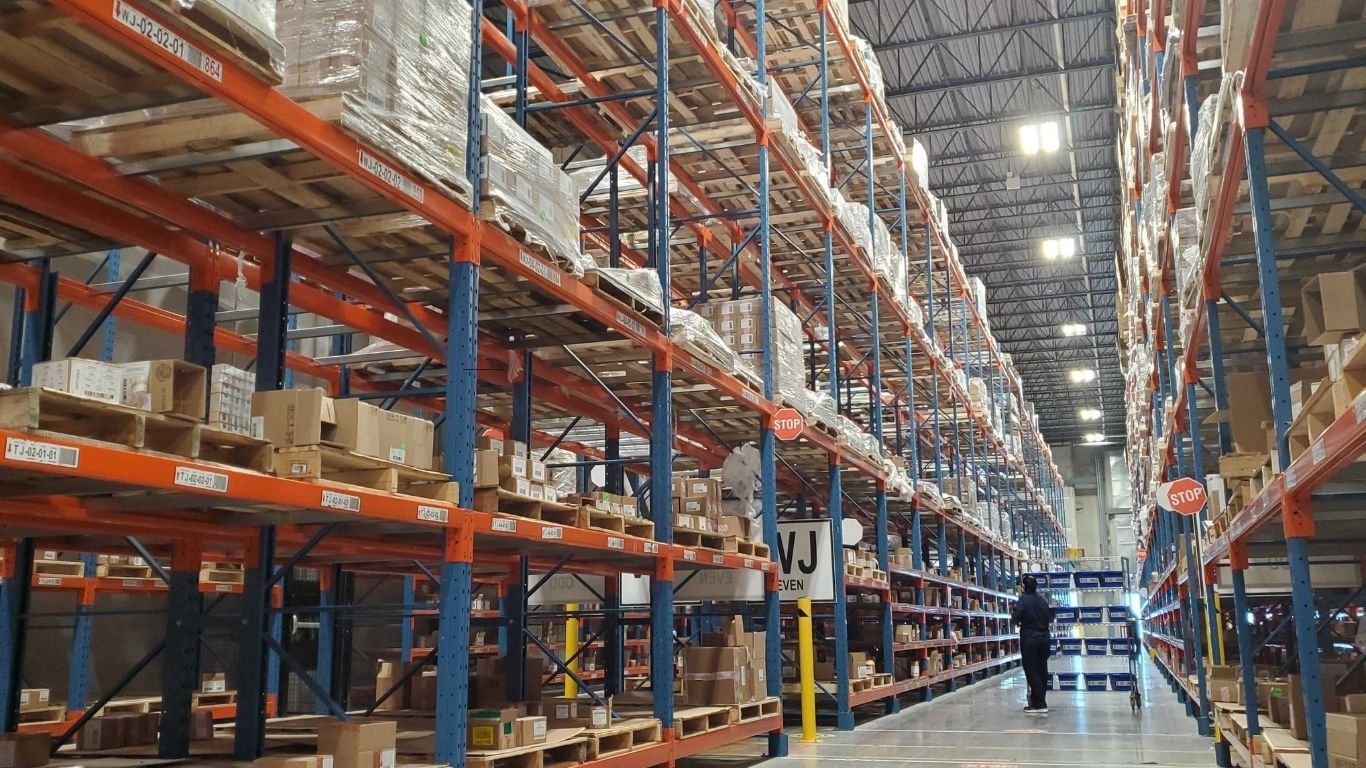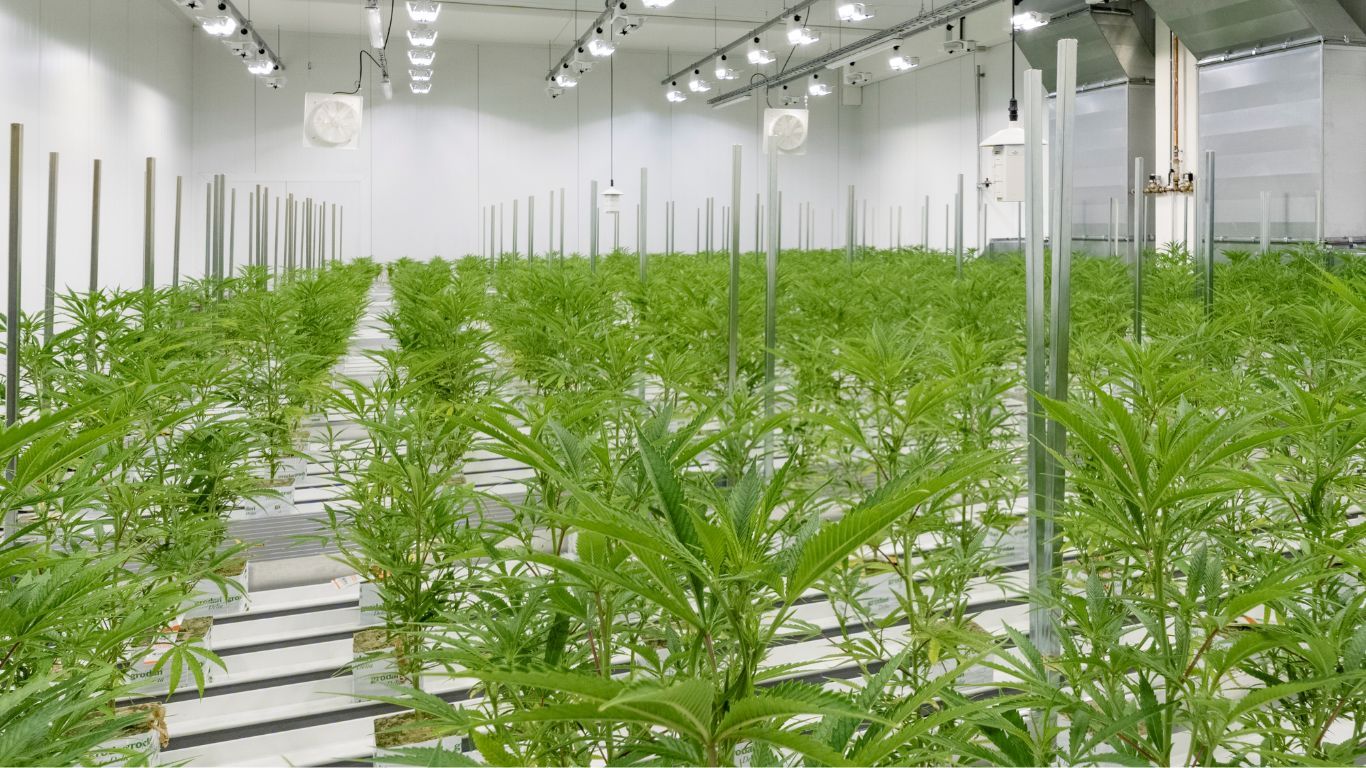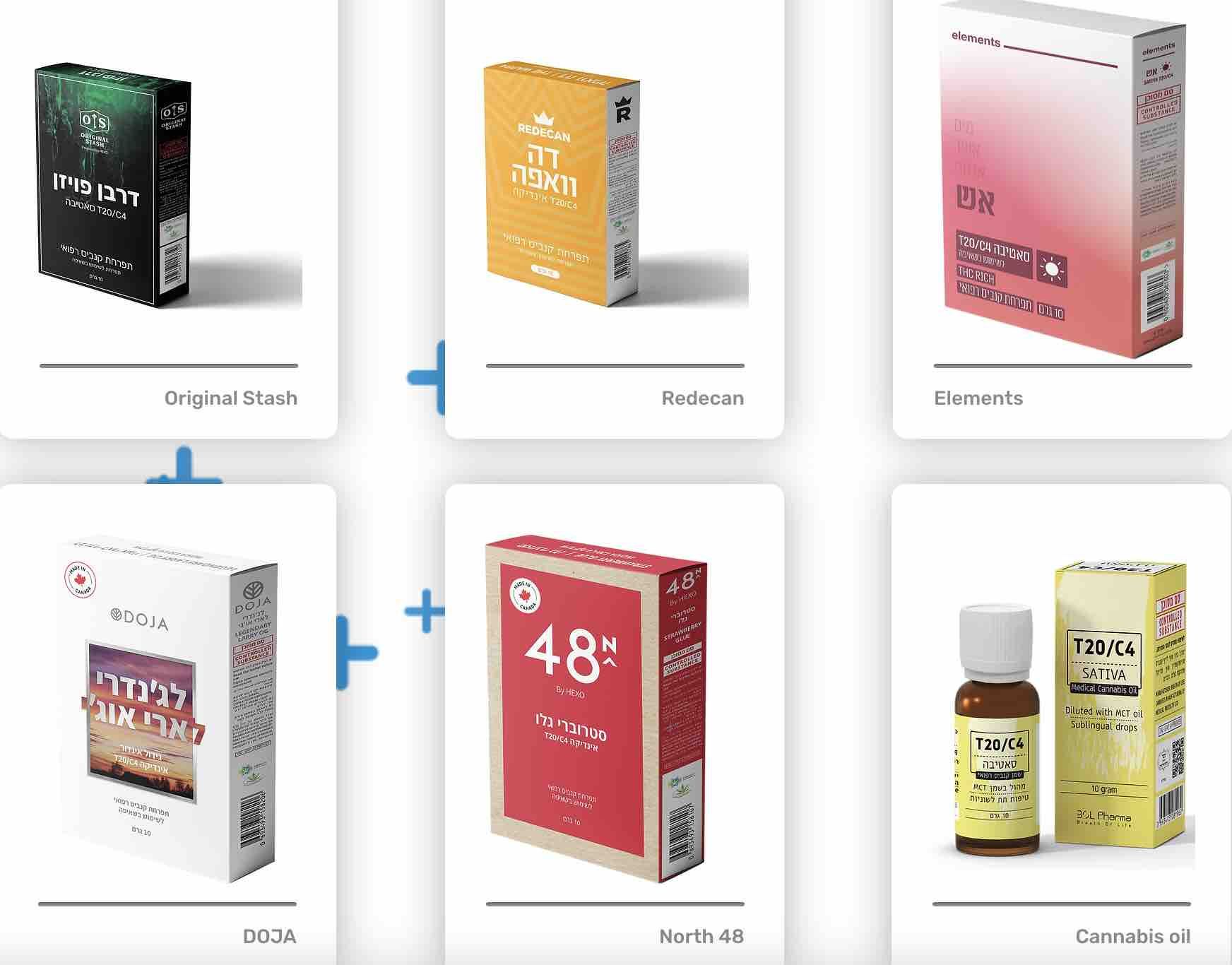
The second annual C-45 Quality Assurance Summit launches this week. The three day virtual event features online workshops and presentations focussed on Quality Assurance professionals and standards within the Canadian cannabis industry.
The organization was created in 2019 when a handful of QA professionals came together to collectively address common issues and challenges within the cannabis industry. The event was originally planned to take place in Fredericton, New Brunswick, but has moved to an online-only event due to COVID-19.
Day one, Monday, September 14 will mostly be a day for meet and greet, followed by two intensive days of workshops which includes engaging with Health Canada, looking at new product categories, soil science, operational risk, and much more.
Bethan Rider, Interim President of the C-45 Association and Quality Manager at BOAZ Pharmaceuticals Inc. in Calgary says the nexus of the event was the desire to bring together Quality Assurance professionals within the industry, to give them a chance to network and discuss common issues.
“A lot of us felt like we were working alone, following the same regulations, developing quality systems, but working in isolation,” says Rider. “So it was really great to network with others in the same position and going through these same issues to help make quality assurance better within the Canadian industry.”
Jodi McDonald, the current President & Founder of Keystone Labs Inc., who helped create the organization says the idea for C-45 came from feedback she received from a series of smaller events her lab was putting on that focussed on analytical testing and other Quality Assurance issues for cannabis producers.
“We’re helping to create a network and community around quality in the cannabis industry,” explainis McDonald. “We held a few early events, and saw that the real value for the people attending was coming away with a network of people that they could suddenly call when they had questions or when they came across a problem. They now have a network they can call upon who can help them navigate the risk.
“The more we hosted it, the more we saw the value in creating a community so we can collectively solve problems, build efficiency and better products, and can arrive sooner than if we are all trying to solve the same problems again and again all on our own.”
“One of the reasons for the group is to create community and build a strong framework,” she continues. “We want to build into the industry a culture of quality that is inherent to the way Health Canada set this up, with an eye to quality. In this industry, because so many have come out of the darkness and into the light and are often holding their cards close to their chest, we wanted to create that community where more of us can share our experiences.”
Rider, who joined the organization after the first meeting in April of last year, says she was immediately interested in being more involved and saw a real value in connecting with so many of her peers.
“From that first meeting, I already met so many great people from all over the industry,” she continues. “The networking and shared experiences were really the best part for me. Being able to build connections and have others who I can reach out to to get questions answered or to see how someone else is addressing certain regulations makes my job all that much easier.”
One of those challenges, she explains, is that not only are her quality assurance colleagues spread out and siloed, but often so are the Health Canada inspectors who QAP’s are often the direct point of contact for. By connecting with others engaging with different inspectors across the country, she says it’s helped highlight and create feedback for the regulator on the sometimes inconsistent interpretation from various inspectors or licence reviewers.
“I find the support from Health Canada now is good,” the interim President says. “There’s always challenges in a new industry, but our reviewers and inspectors, I know they have the same common goal as us – to make the product safe for consumers. They’ve made some good hires recently of people who understand the industry and we’re seeing inspectors now who understand the Canadian space and understand where the risks actually are.”
As the industry matures, she says, she sees priorities for the regulator, and therefore the QAPs accountable to them, beginning to shift from some of the more immediate concerns to ensuring safe supply, to more nuanced issues like more consistent and harmonized approaches to analytical testing.
“There’s a lot of responsibility for the QAP to understand lab validation,” says Rider. “There’s certain qualifications for the labs, but you still have to make sure they are validated and are utilizing parameters you can monitor. Health Canada hasn’t focussed on this too much yet, but I think that will change soon.”
Registration for the event is still open











